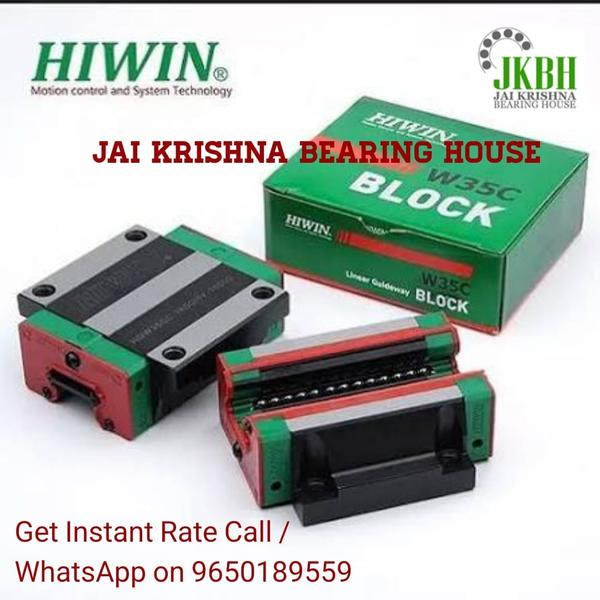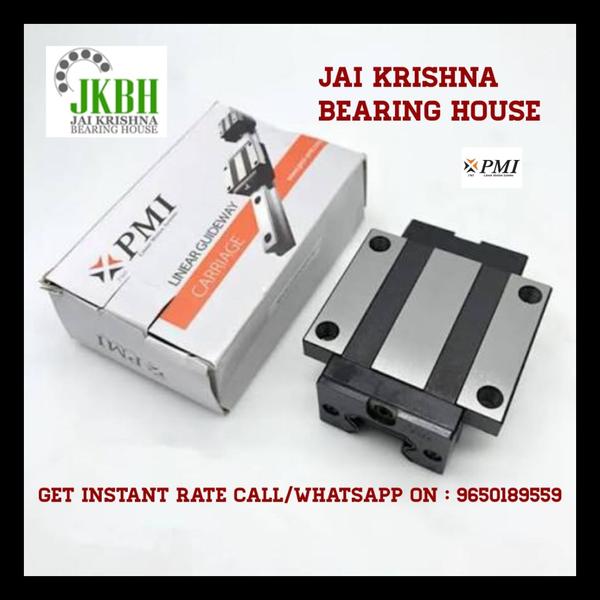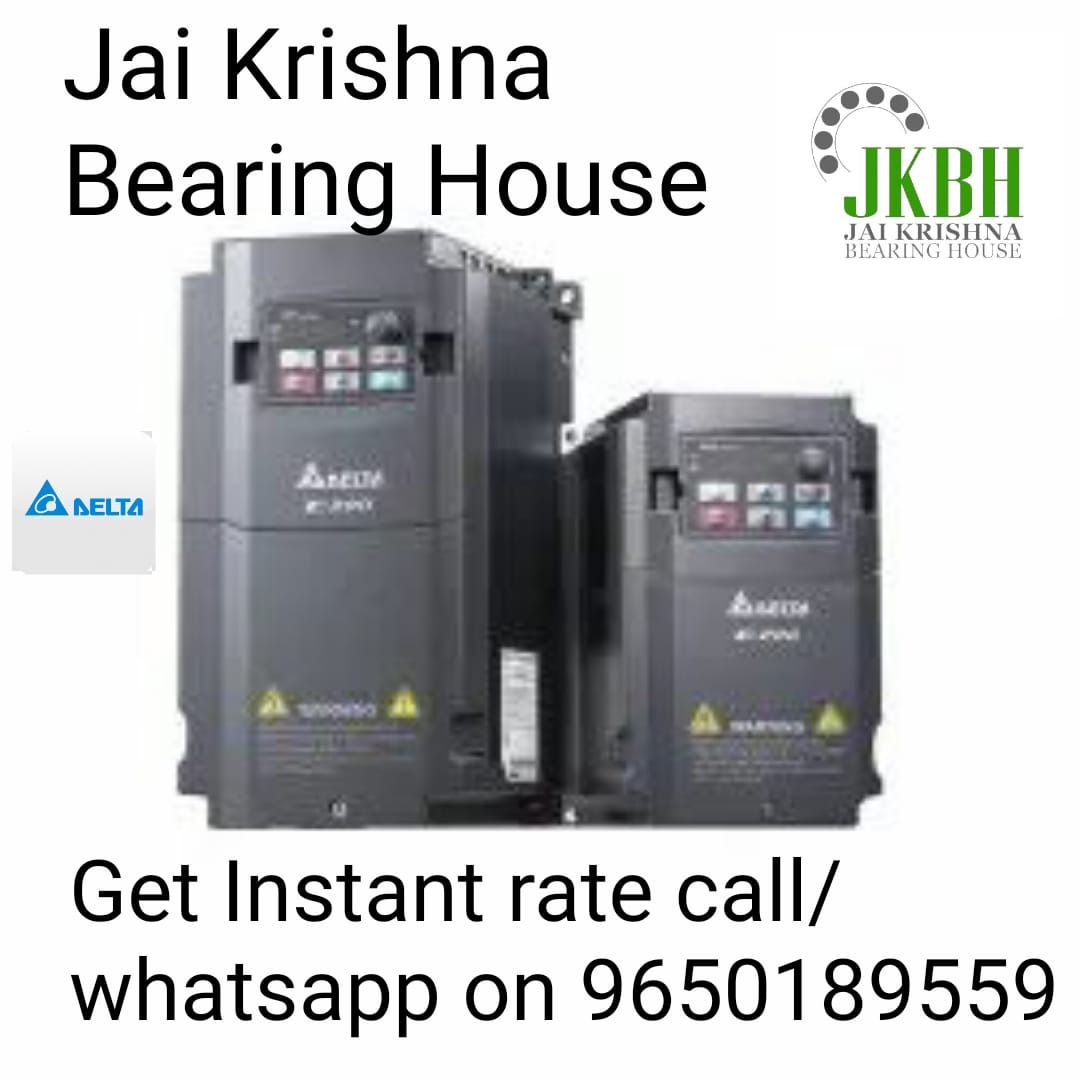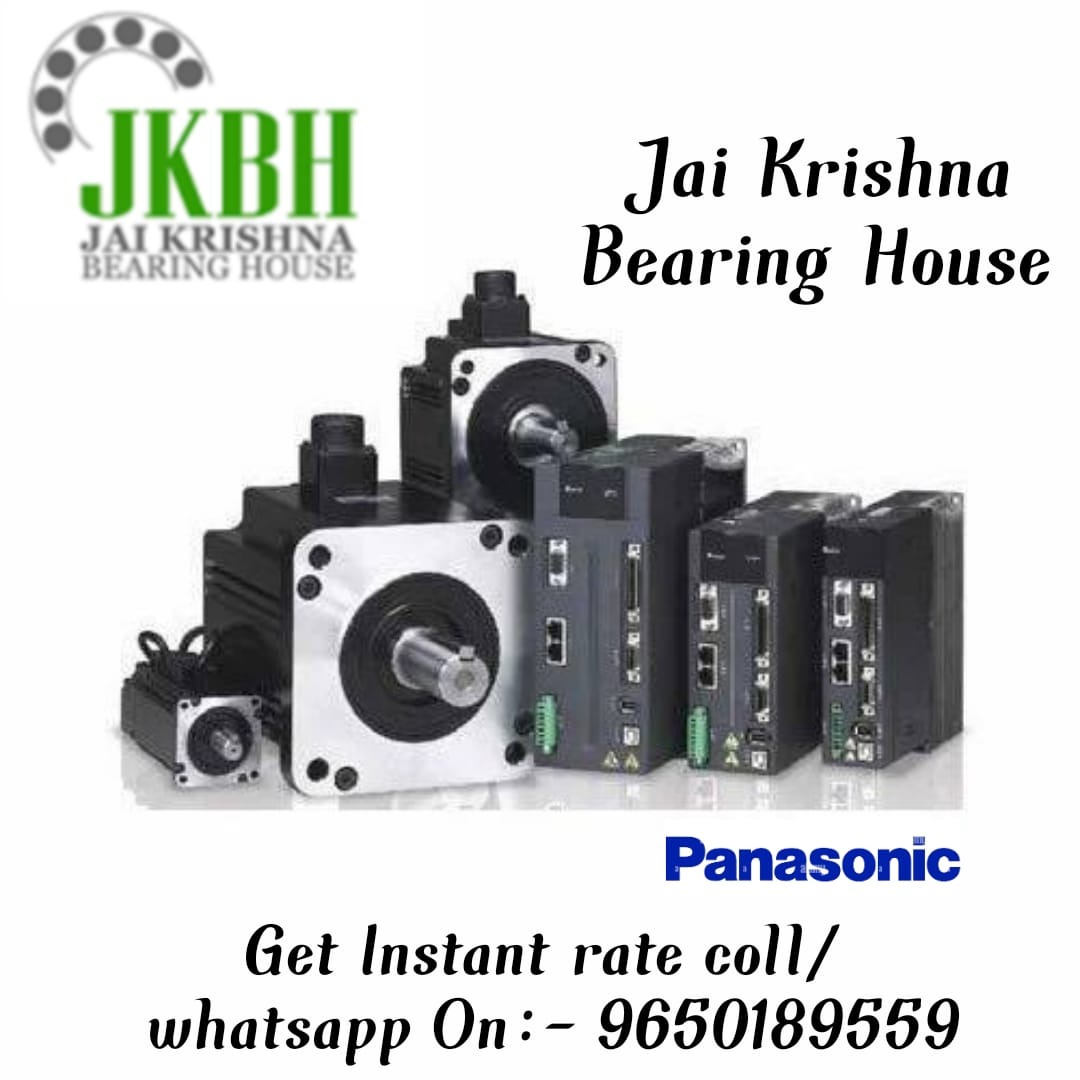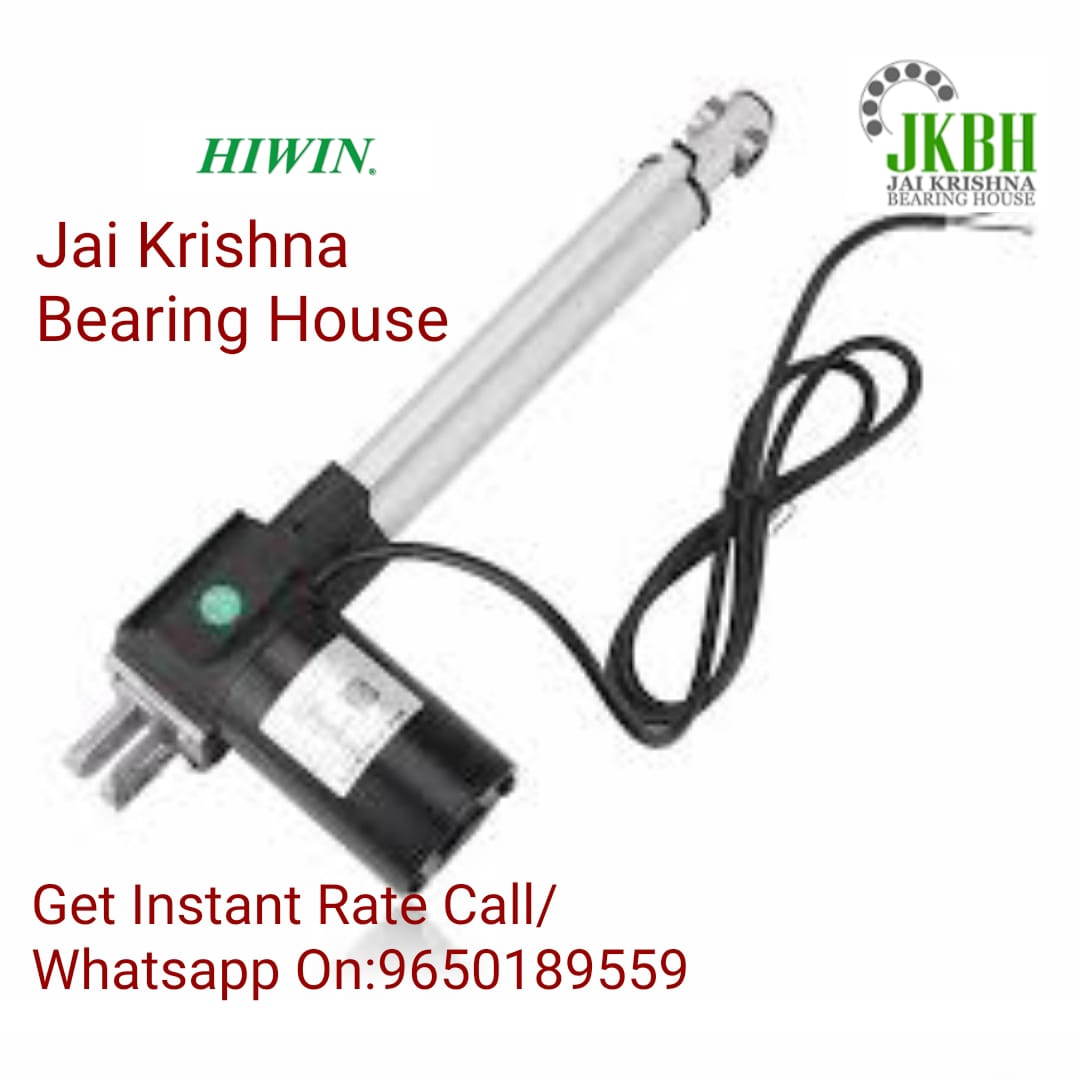
A linear actuator is a type of actuator that creates motion in a straight line. Unlike rotary actuators that produce rotational motion, linear actuators convert energy (from an electric motor, pneumatic pressure, hydraulic fluid, etc.) into linear movement. These devices are crucial in many industries and applications requiring controlled, precise, or repetitive movement.
Key Components of a Linear Actuator
Motor: This provides the driving force. Linear actuators typically use electric motors, but pneumatic (air pressure) and hydraulic systems are also common.
Lead Screw/Ball Screw: The motor's rotary motion is converted to linear motion through a lead screw or ball screw mechanism. The ball screw is often used for higher efficiency and precision.
Housing: The casing that contains and protects the internal parts of the actuator.
Drive Mechanism: The part responsible for moving the actuator's shaft or piston, which can be electric, pneumatic, or hydraulic.
Guide Rail/Linear Bearings: These ensure smooth and precise movement by guiding the moving parts along a defined path. In some cases, this part can include rails and bearings for better performance in high-load applications.
Feedback System: Often, actuators use encoders or other sensors to monitor the position, speed, and performance of the actuator for better control.
Types of Linear Actuators
Electric Linear Actuators:
These use an electric motor to drive the motion.
Ball Screws or Lead Screws are commonly used for converting rotary motion to linear motion.
They're often used in systems requiring high precision and repeatability.
Pneumatic Linear Actuators:
Operate using compressed air (pneumatic pressure).
They are faster and can generate greater force, but they tend to be less precise than electric actuators.
Common in applications like automation and robotics.
Hydraulic Linear Actuators:
Use pressurized hydraulic fluid to generate motion.
These actuators can produce much more force compared to electric and pneumatic actuators, making them ideal for heavy-duty industrial applications.
Magnetic Linear Actuators:
Use magnetic fields to produce linear motion, often used in specialized or high-speed applications.
These actuators are typically found in high-precision equipment or machinery.
Working Principle of a Linear Actuator
Conversion of Energy: A linear actuator takes some form of energy (typically electrical or pneumatic) and converts it into linear motion. This energy is typically delivered by an electric motor (in the case of electric actuators), which drives the screw or piston.
Motion Transmission: When the motor rotates, the attached lead screw (or ball screw) turns, causing the nut (or carriage) on the screw to move along its length, converting the rotational motion into linear displacement.
Controlled Movement: Linear actuators often feature integrated feedback systems that provide position and speed data to control the motion precisely.
Key Specifications
Stroke Length: The distance the actuator travels in a straight line, from its fully retracted position to its fully extended position. This could range from a few millimeters to several meters.
Force: Linear actuators are designed to handle different amounts of force, with some able to lift or push several tons, depending on the application (e.g., medical equipment vs. heavy machinery).
Speed: The speed at which an actuator moves. In many cases, the speed is a function of the motor's capabilities and the load being moved.
Load Capacity: The amount of weight or force the actuator can move. Load capacity varies based on the actuator's design, type of material used, and construction.
Accuracy: The degree of precision with which the actuator can position or control movement. For instance, high-precision actuators can be used in CNC machines and robotics.
Power Supply: Most electric actuators are powered by DC or AC motors, while pneumatic actuators require a source of compressed air, and hydraulic actuators need hydraulic fluid pressure.
Applications of Linear Actuators
Industrial Automation: Linear actuators are used in robotic arms, automated manufacturing systems, conveyors, and assembly lines to move objects with high precision.
Medical Devices: They are used in medical equipment such as hospital beds, patient lifts, dental chairs, and surgical robots for controlled and precise movement.
Automotive: Linear actuators are found in car seats, lift gates, and power windows, where precise motion control is necessary.
Home Automation: Used in adjustable furniture (e.g., sit/stand desks), blinds, or other automated systems like doors and windows.
Aerospace: Linear actuators are used in control surfaces on airplanes, such as flaps, landing gears, and cabin pressure controls.
Agriculture: Used in machinery like planters, irrigation systems, and harvesting equipment.
Construction: Linear actuators are used in lifts, cranes, and other heavy machinery for controlled
Keywords
home automation
move objects
highspeed applications
moving parts
part responsible
precision housing
force compared
speed data
typically found
lifts cranes
control surfaces
adjustable furniture
surgical robots
assembly lines
cnc machines
control movement
construction accuracy
actuator moves
medical equipment
tons depending
straight line
actuator travels
magnetic fields
control types
position speed
defined path
precise movement
ensure smooth
internal parts
higher efficiency
electric actuators
actuators shaft
provide position
ac motors
motors capabilities
motor rotates
electric motor
electric motors
automated systems
typically delivered
lead screw
electric pneumatic
power windows
hydraulic actuators
compressed air
length converting
highprecision equipment
linear movement
linear actuator
rotational motion
creates motion
ball screw
hydraulic systems
heavy machinery
lead screws
generate motion
linear motion
heavy machinery speed
precise motion control
linear actuator motor
energy typically electrical
actuator drive mechanism
produce linear motion
actuators design type
electric actuators common
generate greater force
attached lead screw
linear actuator takes
linear actuator conversion
pneumatic actuators require
pneumatic actuators making
piston motion transmission
instance highprecision actuators
ball screw mechanism
motion ball screws
motors rotary motion
pneumatic air pressure
moved load capacity
converting rotary motion
linear motion theyre
fully extended position
fully retracted position
machinery working principle
planters irrigation systems
pressurized hydraulic fluid
robotics power supply
flaps landing gears
sitstand desks blinds
